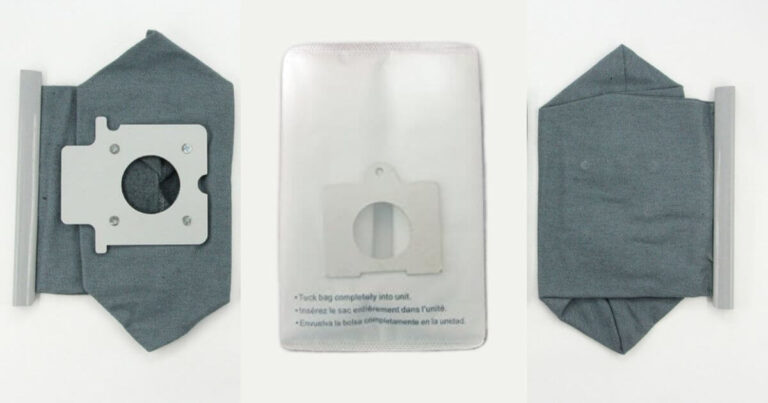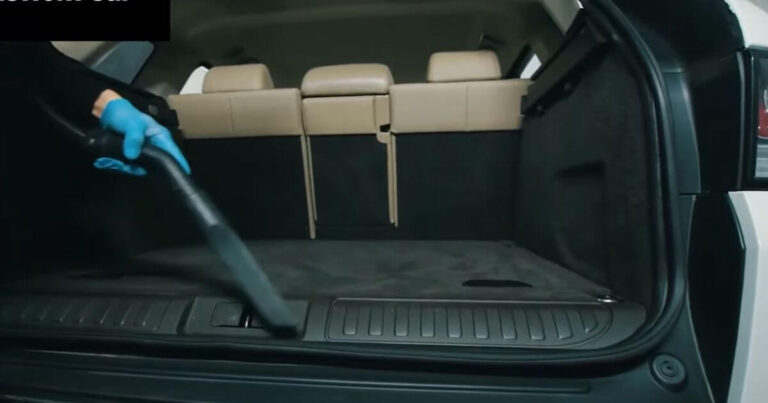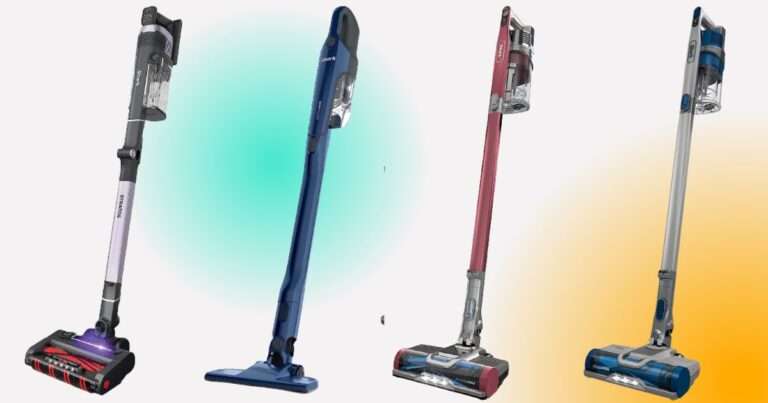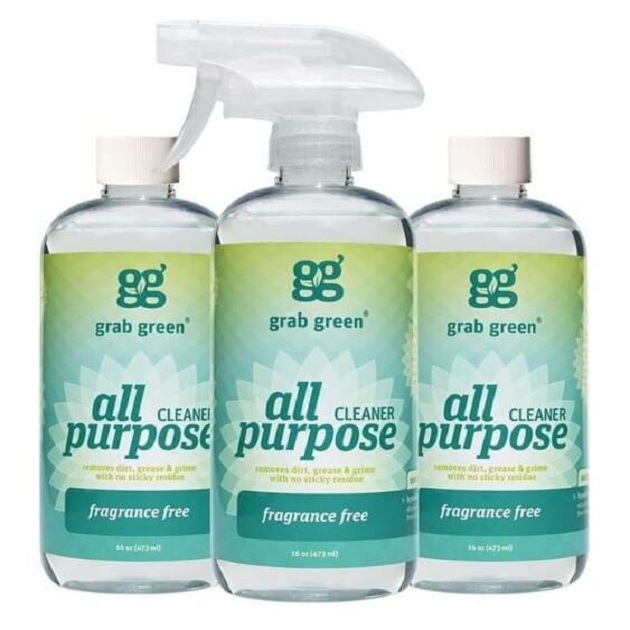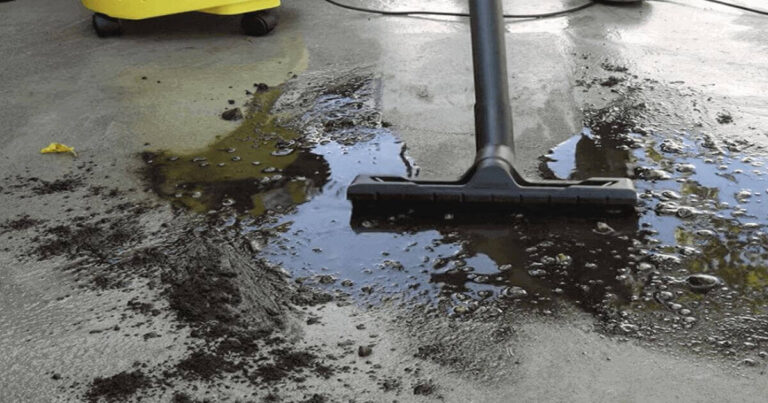You may be wondering if it’s possible to use a vacuum cleaner to get water. Can you use a vacuum cleaner to get water? In this definitive guide, we will answer that question and more! We will discuss the science behind vacuum cleaners and water and provide tips on using a vacuum cleaner to get water. So read on to learn everything you need about using a vacuum cleaner for water removal!
How well does a vacuum cleaner work at sucking up water?
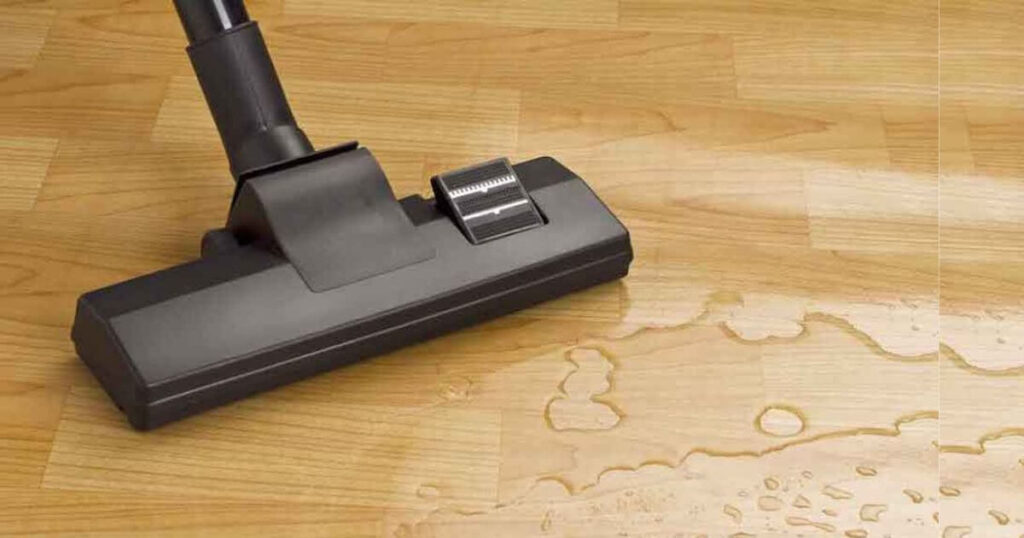
Well, it depends on the type of vacuum cleaner. For example, some vacuum cleaners can pick up water while others do not. However, most vacuum cleaners will do an excellent job sucking up water if used correctly.
To get the most out of your vacuum cleaner when it comes to sucking up water:
- Use the correct attachments and follow the manufacturer’s instructions.
- Target the areas where the water collects or concentrates.
- Give the vacuum cleaner time to do its job – don’t immediately turn it off after you start vacuuming!
Can you use a vacuum cleaner to get rid of the water in your house?
Yes, you can use a vacuum cleaner to get rid of water in your house. Most vacuum cleaners come with a hose that goes into a drain, which will suck the water out of the gutter and send it down the sewer. You can also use a wet/dry vacuum to suck up the water from carpets and other surfaces. Just be sure to unplug the vacuum cleaner before cleaning, or else you’ll end up with a wet mess!
What are some tips for getting rid of water using a vacuum cleaner?
There are a few tips to help get rid of water using a vacuum cleaner. One method is to suck up the water and then quickly cover the opening of the vacuum cleaner with your hand. This will create suction and will help to get rid of any excess water.
Another method is to place a wet towel over the water area and then use the vacuum cleaner to suck up the water. This will help keep the area dry while cleaning it up. Finally, you can pour some baking soda over the wet area and vacuum it up. This will help to absorb any moisture that is left behind.
What type of vacuum cleaner should be used for this purpose?

It would be best if you used a wet/dry vacuum cleaner to get water out of a vacuum cleaner. This vacuum cleaner has a special attachment that makes it easy to suck up water. Make sure the vacuum cleaner is unplugged before you try to clean it. If the water collects in the bottom of the cleaner, you can tilt it so the water will run out.
Then, using the wet/dry attachment, suck up as much water as possible. You may also want to use a towel to soak up any remaining water. Finally, plug in the vacuum cleaner and let it dry completely before using it again.
Can you vacuum water with a Dyson?
No. You cannot vacuum water with a Dyson.
This is because the forces that allow a Dyson to work are too weak to lift water molecules off surfaces and pull them into the machine. So while you *can* use a Dyson on wet surfaces, it won’t do much in cleaning up spills.
Other vacuums have similar issues – they can’t create enough suction to move the liquid around. This is true even for those fancy domestic robot vacuums – they’ll clean your floors just fine but don’t bother trying to use them on your carpets if there’s any chance they might be wet.
How do I convert my shop vacuum to water?
Converting your shop vacuum to water is relatively easy. Here’s what you’ll need:
- A bucket
- A hose that fits snugly onto the Vacuum’s output port
- Water (preferably distilled or purified)
- About an hour of time
First, make sure that your shop vacuum is unplugged and empty. Attach the hose to the output port, then place the other end of the hose into the bucket of water. Slowly submerge the vacuum head into the water, being careful not to get water into any electrical components. If everything fits properly, you should see bubbles coming from the Vacuum as it pulls water from the bucket.
What Vacuum is suitable for water?
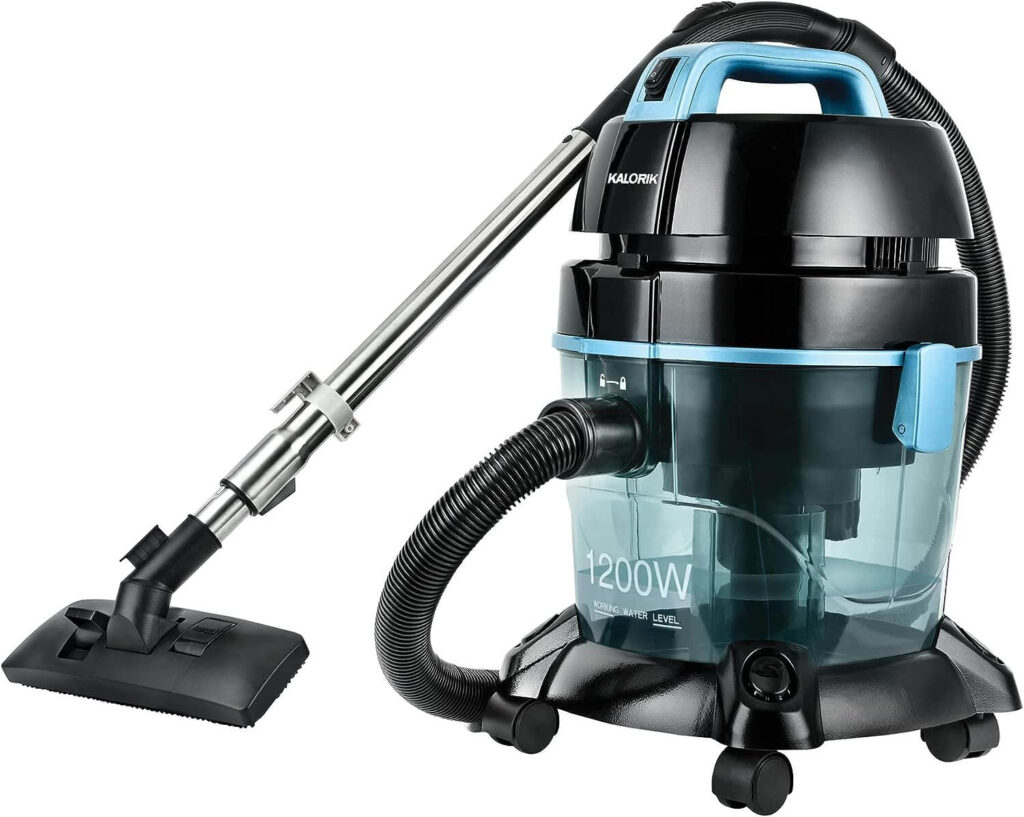
A few vacuums work well for water, but the most popular one is the Shark Rotator Lift-Away. This Vacuum has a detachable canister that makes it easy to clean up large spills, and its lift-away feature makes it perfect for getting under furniture and into tight spaces. Plus, it comes with a bonus microfiber mop head so you can quickly dry up any wet areas.
A vacuum specifically designed to handle water and other liquids is known as a “wet/dry vacuum” or “shop vac.” These vacuums are suitable for various cleaning tasks, including removing liquid spills, water from carpets, and even wet debris from construction sites. Wet/dry vacuums are more robust and have features that protect their electrical components from water, making them safe to use for liquid cleanup.
FAQ( Frequently asked questions) Can you use a vacuum cleaner to get water?
Can you use a shark vacuum to suck up water?
Most people don’t research the latest vacuum technology before trying it. There’s a lot of misinformation out there. Unfortunately, the Shark vacuum was not designed for this purpose and can be dangerous if used.
Shark vacuums are powerful machines meant for sucking up dirt and debris, not water. If you try to use it to suck up water, the Vacuum will become clogged and could potentially damage the motor. Not only is it dangerous to use a Shark vacuum in this way, but it’s also ineffective. So save yourself some hassle (and potential danger) and stick to using your Shark for its intended purpose – sucking up dirt and debris!
Can you use a vacuum as a pump?
Yes, you can use a vacuum cleaner as a pump by connecting the hose to the suction pipe and using the crevice tool to create a tight seal.
The advantage of using a vacuum cleaner as a pump is that it’s much more powerful than most manual pumps. And since it runs on electricity, it’s also more convenient and faster than most manual pumps. However, note that not all vacuum cleaners are created equal – some are much more powerful than others. So make sure you have a powerful vacuum cleaner before using it as a pump.
A vacuum is designed to create a region of low pressure by removing air or gas from an enclosed space, causing a partial or complete vacuum. This process is typically used for applications such as suctioning dirt and debris from carpets, removing air from containers to preserve food, or in scientific experiments and industrial processes.
Summary
So, can you use a vacuum cleaner to get water? The answer depends on the type of vacuum cleaner that you have and how much water you want to move. If you have a wet/dry vacuum cleaner, it will be able to handle more water than a traditional upright vacuum cleaner.
However, using a vacuum cleaner may be overkill if you only need to move a small amount of water. Ultimately, it’s up to you whether or not you want to try this method to get rid of standing water. After knowing the pros and cons, you can decide if this approach works for you. Thanks for reading!

